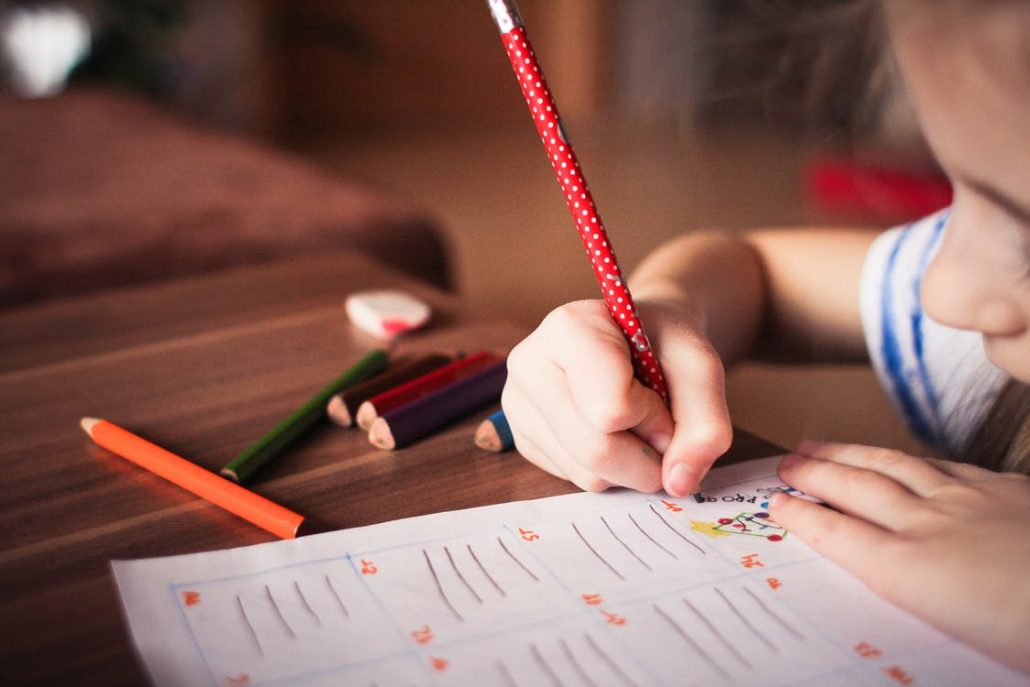Teaching Self-Advocacy at Home Pt. I

Self-advocacy is an essential skill for children to master, not only for their education, but for basic functioning and socialization throughout life. Parents can help children foster this necessary life skill by providing them with specific tools and practices to ensure that their voices are heard and understood—and the earlier children begin advocating, the better.
Self-advocacy is all about vocalizing one’s needs. However, the key to teaching children how to advocate for themselves starts with helping them to recognize their own needs. It is difficult to ask for help when you don’t know what exactly you need help doing. For the major part of many children’s lives, parents accommodate a child’s every need. Often times, parents are there to swoop in to the rescue before their children even know that they need something. To begin teaching self-advocacy, parents will want to introduce the concept in small steps by encouraging children to first recognize then vocalize their needs.
Ask your child if he or she knows or recognizes the sensation of hunger or thirst. What does it feel like if you are starting to get hungry or thirsty? Do you hear your grumbling tummy? Do you feel agitated or restless? If you’re hungry, but I haven’t offered you a snack, what can you do to make sure that you get what you need? Similarly, ask your child to describe what it feels like when they are too hot, too cold, or need to go to the bathroom. Do you see goosebumps? Do you start to feel clammy or sweaty? Does your skin pigment, fingertips, lips change color? Does your tummy hurt or feel funny? Do you get jumpy or distracted?
These questions may seem overly simplistic; however, the idea behind such basic conversations is that your child begins to actively recognize what his or her body needs and when. These types of questions are especially important for children with autism because of the tendency to struggle to make observations. Children on the spectrum may find it difficult to sense time or communicate frustration or other emotions. They may also experience an inability to perceive unsafe or harmful situations, which makes it difficult for them to distinguish their wants from their needs. Therefore, when children are aware of their needs, they can begin to vocalize them. This is especially important when children head to school and no longer have a parent to accommodate their every need at the drop of a hat.
Parents can then begin to instruct children on how to appropriately ask for what they need. Practice using sentence frames for different scenarios and discuss the difference between “I want” and “I need.” Talk about how to distinguish between an emergency or an immediate need and something that can be met or accomplished later or eventually. Discuss instances in which your child should politely say “no thank you” versus vehemently saying “no!” Instruct your child about the appropriate occasions and means of getting someone’s attention, interrupting a conversation, or asking a personal question. By role-playing certain scenarios or conversations, parents can begin to prepare their children with positive communication skills and self-advocacy tools.












